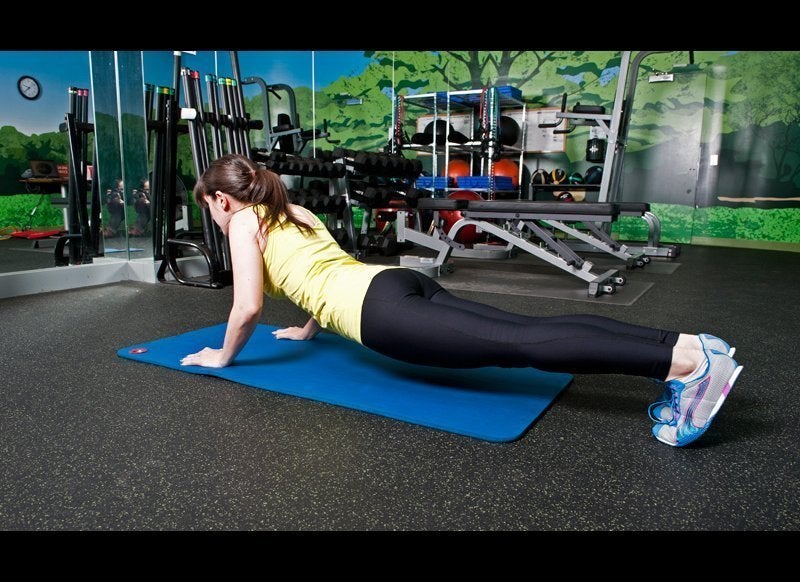
Foam rolling has become a widely-practiced activity -- and that's a good thing. But according to Tier 4 Coach Susan Stanley, despite the growing legions of fans, there's a need for mindfulness. It's actually a more nuanced technique than one might think. Some fans warm up using techniques that are best saved for post-workout roll-outs (or avoided altogether); others neglect to mix up their approach and thus risk a foam-rolling plateau of sorts. Here are the four most common mistakes and Stanley's tips to correct them.
1. Add some texture.
If the roller you're currently using is pliant and has a smooth surface, you've got the wrong tool for the job. "The objective of pre-workout rolling is to stimulate nerve endings in the muscles in a way that sends a rich proprioceptive message to the brain," says Stanley. The richer that message is, the better it will prepare your brain to control your body's movements in the subsequent workout. Firmer rollers with a textured surface (such as the Trigger Point Grid) stimulate the nerve endings more effectively and reach deeper into the muscle's myofascial layers than do the soft, smooth products most people use. These textured rollers also provide a superior post-workout roll.
2. Adjust your speed.
Slow movements are fine when you are using a roller to relax the muscles after a workout, but a faster, more vigorous technique is better in a warm-up. "Remember, you're trying to wake up your neuromuscular system, not put it to sleep," Stanley cautions.
3. Pivot and pin-and-stretch.
If you're like most athletes, you move only in the direction of your muscle fibers. Stanley teaches clients to also roll across the "grain" -- a technique known as cross-fiber friction -- to add another dimension to that proprioceptive message to the brain. "Also," says Stanley, "using different speeds and techniques like pivoting and pin-and-stretching the muscle and fascia can be much more effective than just rolling over the skin." Although these methods are typically done with a ball, you can incorporate them into your rolling routine, as well. In the pin and stretch, you 'pin' the tissue on the roller, then move the limb to stretch the tissue that's being pinned. Pivoting is a way to drive the roller a little deeper, engaging more layers of muscle and fascia, Stanley says. This is achieved by rocking (not rolling) the edge of the roller back and forth on the target spot, or twisting, like turning a faucet on and off, on that spot.
4. Save pain for later.
Admit it: When you roll, you look for painful spots in your muscles and sort of "hang out" on them, trying to get them to relax. But according to Stanley, it's best to save this kind of therapeutic self-torture for post-workout rolling. "Pain causes the brain to respond with a protective reflex that reduces muscle performance," Stanley explains. In other words: Less pain, more gain!
More from Q by Equinox:
The Art Of Active Sitting
The Real Rockstar Diet
Video: The Body Aquatic

